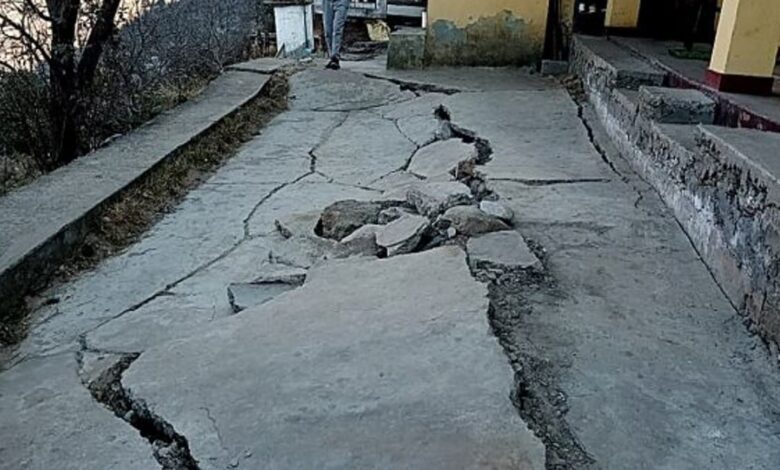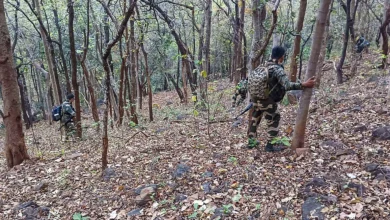Uttarakhand on alert as cracks appear in new areas, insensitive SC transfers hearing to HC
Besides Joshimath, the famous hill towns of Nainital, Uttarkashi, and Champawat are most prone to the extreme risk of sinking.

The state of Uttarakhand has been witnessing an unprecedented menace for quite some time now. Various areas of Joshimath town in the Chamoli district have been the worst affected. Now after the main town, cracks appeared in yet another adjacent village of Sharana Chai of the same district after which locals have been alarmed and are fearing that the whole state of Uttarakhand may sink sooner or later.
Besides Joshimath, the famous hill towns of Nainital, Uttarkashi, and Champawat are the ones that are most prone to the extreme risk of sinking. Dr Bahadur Singh Kotlia, Professor of Geology at Kumaun University, informed that these three towns are highly prone to seismic activity, reactivation of faultlines, and being hit by a massive surge of population and construction activities, “The foundation of these cities is very poor, making them extremely vulnerable.”
A detailed analysis showed that half of the area of towns like Nainital is covered with debris generated by landslides as most of the area possessed very high slopes. In addition, rock types also have a very dominant role in the mass movements followed by the tectonic set-up of the region. The heavy tourism and major construction work have only added to the plight of the hill state.
Other than these townships several other Himalayan towns are prone to land subsidence. This subsidence usually occurs when large amounts of groundwater have been withdrawn from certain types of rocks. As for Joshimath, the land underneath is moving owing to a weak foundation and enhanced erosion due to heavy rainfall and floods.
The hill state of Uttarakhand has been put on alert since the natural topography of the majority parts of the state is sedimentary in nature, making it softer and weaker than other rocks. Dr. Shresth Tayal, Senior Fellow at the Centre for Himalayan Ecology of TERI said, “The natural terrain, continuous deforestation on a large scale, rapid and unplanned urbanization, and heavy construction activities are exacerbating the crisis.”
Meanwhile, after refusing an urgent hearing the Supreme Court post a week’s delay finally took up the matter today and refused to entertain the plea seeking intervention to declare Joshimath subsidence a natural disaster. The SC asked the petitioner to approach the Uttarakhand High Court with a plea where the same issue has already been kept pending. While the SC said that all important matters need not come to us, thousands of people who need immediate relief are left stranded and are uncertain about their future.



